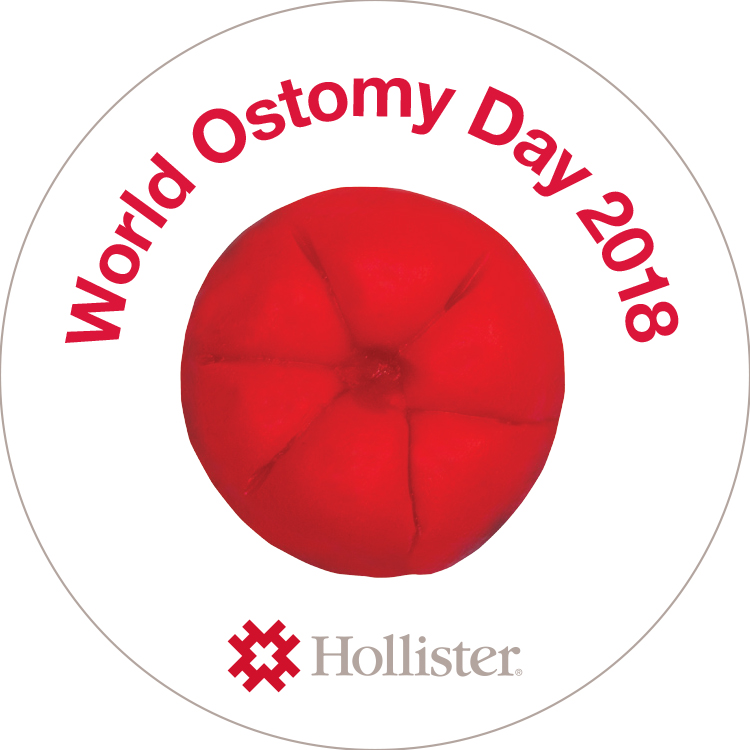There are many things to think about when preparing for a trip. Whether traveling a few hours from home, or to another country, for a dream vacation, or for business, the more prepared you are, the more at ease you will feel. Luckily, there are resources available to assist you in planning for all sorts of travel destinations. Coloplast® Care offers comprehensive support for all areas of life, including tips on packing and planning for your trip. Making sure you have extra supplies, and the right contacts for any additional supplies you might need in case of an emergency at your destination will keep your mind calm and clear and allow for you to spend time enjoying your trip instead of worrying about the ‘what-ifs’ often associated with having an ostomy.
Traveling with your service animal can require a little extra preparation. If you are flying to your destination, be sure to save yourself time and hassle by calling the airline to understand their unique regulations and specifications, and to give them any additional information they may need about your unique situation. Here is a helpful checklist to ensure you have all the documentation you might need:
- Certificate of your service animal
- Current health records (including up to date vaccinations)
- A note from your healthcare professional
- A note from your veterinary clinic
- A personal travel certificate which explains your condition, the medical supplies you are carrying and why you might need support and privacy as you go through security
Note that it can be extra helpful to have these documents already translated into the language of the country you will be visiting.
Depending on your destination, you might also want to look into other requirements, for example, if you are flying to an island such as Hawaii, there may be a quarantine period for your animal. If your travel plans are taking you to a country in Europe, making sure you have an ISO microchip is important as not all microchips can be read in different countries.
Leading up to the hours before your trip, you may want to limit food and water if your animal will be on a train or plane for several hours. Be sure to carry water for them to have as soon as you land. If your travels are by car, plan a route with easy places to stop to allow your animal to relieve themselves and get some exercise.
In the Airport
Arrive earlier than normal to the airport to ensure you have plenty of time to go through security and find your gate. Make sure the security personnel are aware that your animal is a service animal, this should help to speed up your security check and move you through faster. You should not have to be separated from your service animal at any time, it is your right and privilege to have them accompany you at all times.
Most airlines require a 48-hour advance notice of service animals on flights, be sure to contact your airline to make them aware that you will be traveling with your service animal, and ask any questions you might have about the day of travel.
Hotel Stays
Similar to your airline travel, you may want to contact your hotel before your stay. Let them know you will be traveling with your service animal and ask them to inform their staff. As a service animal is not a pet, they cannot be refused in any public space. As well, a hotel cannot charge a fee for having a service animal stay in a room unless they cause damage. Be sure to clean up after your dog as you would at home, and never leave your service animal in the hotel room alone. Even the best-trained ones can become anxious or stressed if left unattended in a new atmosphere.
Lastly, once you reach your destination, should you have any questions or need any medical supplies or advice, Coloplast has put together a downloadable list of all of their local offices around the world. The more prepared you are before you travel, the more you will enjoy the trip and be at ease. Happy Travels!
For more information, visit www.coloplast.us.
Editor’s note: This educational article is from one of our digital sponsors, Coloplast. Sponsor support along with donations from readers like you help to maintain our website and the free trusted resources of UOAA, a 501(c)(3) nonprofit organization.








